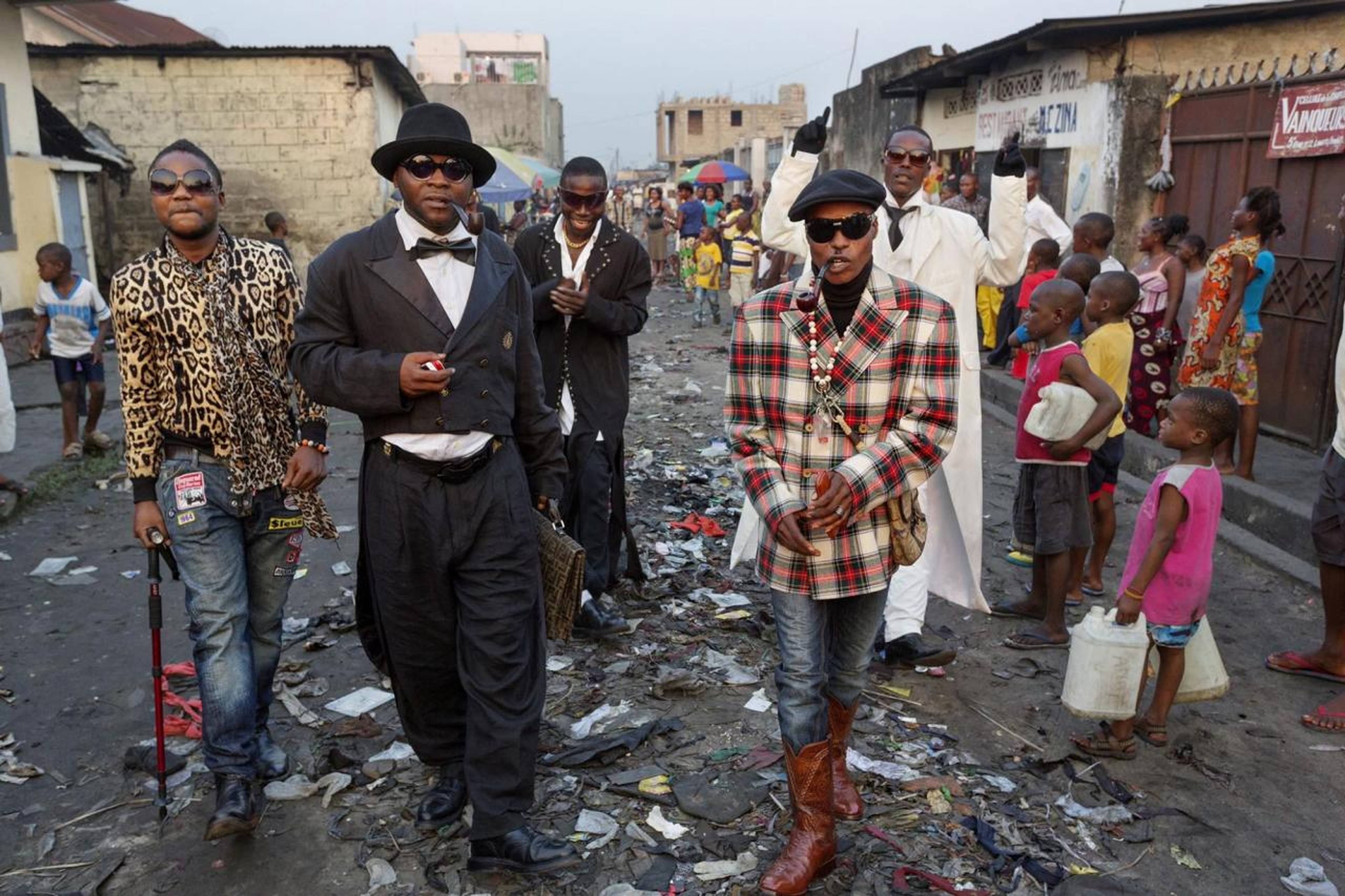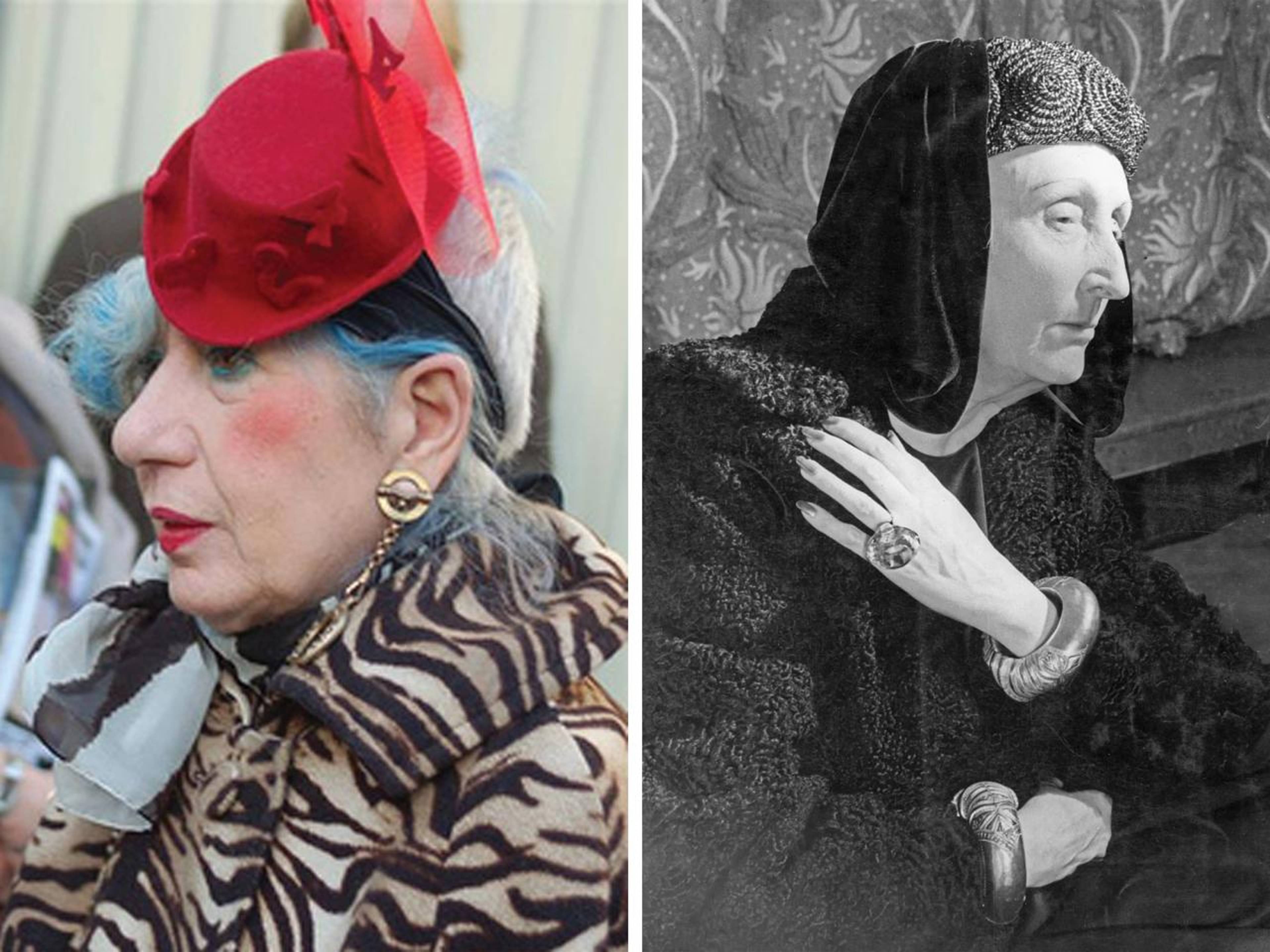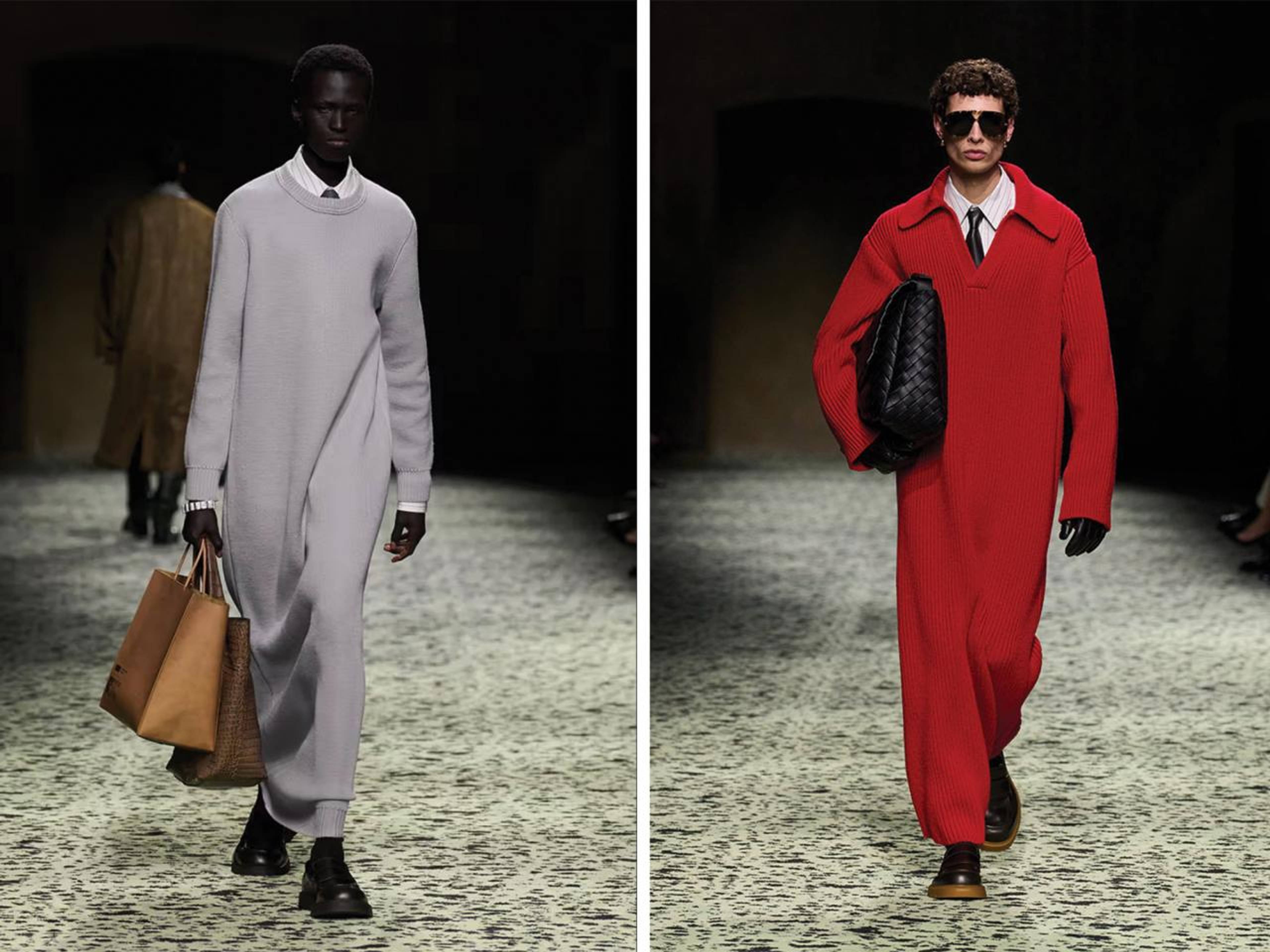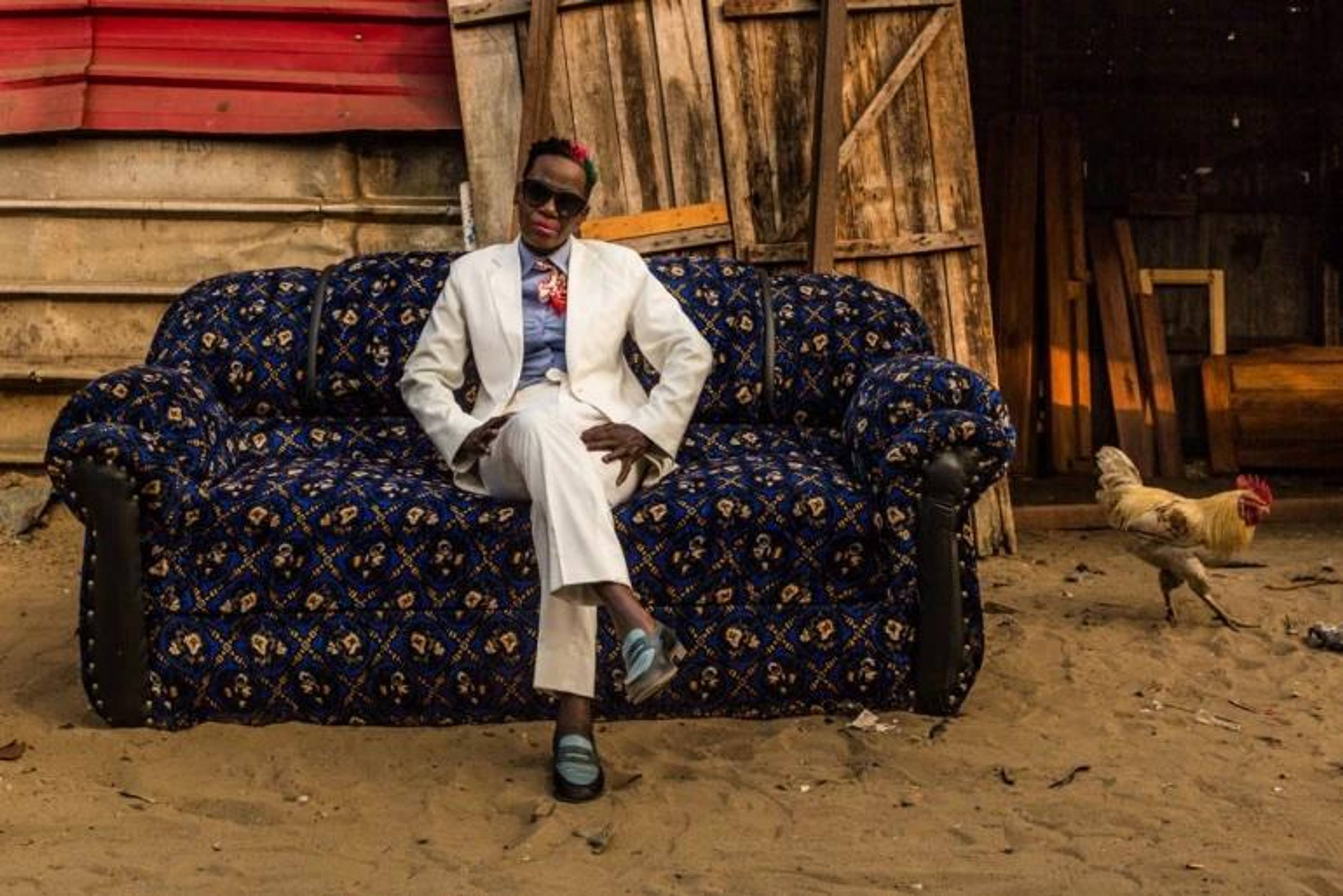I don’t love fashion.
I only love style.
And I’m a sucker for theories of style. I will read anything that promises to solve the style conundrum: how to dress, aka how to be.
I have read books on the subject: from Alison Lurie’s The Language of Clothes (1981) to Roland Barthes’s The Fashion System (1967) to Subculture: The Meaning of Style (1979) by (I Love) Dick Hebdige (fun fact: the reluctant hero of Chris Kraus’s 1997 cult autofiction), plus so many books that have promised me French style, Preppy style, that I will find my Color Season, or have More Dash than Cash . And, in the internet era, I have watched theories of style unfold everywhere, from Youtube to Tumblr to Pinterest to Instagram and TikTok, that swear that if I have eight tops and three pants, that if I push up my jacket sleeves and hold them with a scrunchie, that if I buy “fewer, more boring clothes” or always balance slim tops with wide bottoms, and vice versa, I will have style.
What is style?
I don’t know. Or I would have it already. Or consistently. Style is what people refer to as je ne sais quoi . You know it when you see it, but you can’t predict it. You can copy it, but then it would turn into an outfit. An outfit is not style. As the word suggests, it is equipment for a certain activity: a copy of a copy of a copy of Dior , as Chita Rivera sang playing Nickie – a “hostess” in a sleazy club, in the 1969 film of the musical Sweet Charity – imagining what her life could be like if she tried to get into a different business. The outfit would be part of her transformation, different from the one she wears in her current line of work. An outfit, in both cases, nonetheless, which may be the set expression of a style as expected by the water-cooler or in the Fandango Ballroom, but is not, on its own, stylish. A style is not style, though the two are closely allied, because an outfit is designed to perfectly meet its circumstances, not its wearer. If an outfit that has been copied from Dior or any other template has style, it’s because of an anomaly, a tweak made by the ghost in the machine. Style is only ever personal.
Style is never entirely personal. It always needs a rule to flout, to break. Style is the assertion of individuality within or around a social pattern. And this is where style is key to both identity and politics, and to the ways these two factors are interwoven. Even the most outrageous style queens – Anna Piaggi, the late Italian fashion journalist, or the 20th-century British poet, Edith Sitwell – were riffing on a cultural framework, or more often several mashed together. Their outfits were critiques of looks, of systems. Every time they got dressed, they were writing theory.
Anna Piaggi, by Captain Catan (Flickr) / Edith Sitwell. Courtesy: Encyclopaedia Britannica
But Piaggi’s or Sitwell’s personal style is not transferrable. If either is imitated – if you copy either’s look head-to-toe – what you have is, again, an outfit: something you inhabit, not something you own.
It is impossible to predict style, even with rules that are derived from stylish examples, yet those rules are necessary in order that we recognize style with such pleasure. That the rules both precede and are produced by it is a long-running conundrum in aesthetic theory, which philosophers from Kant onward have failed to solve. Or maybe we’re using the wrong metaphor. Style may not “precede” or “follow” its expression, but it might différ to it, as in Jacques Derrida’s theory of différance . Derrida was known as a “deconstructionist,” though his theories don’t line up with what’s called deconstruction in fashion: Yohji Yamamoto, Rei Kawakubo, and Martin Margiela’s 1980s-onward garments: inside out, upside down, seams undone or exposed. This “deconstructionism” was named for Derrida, but it more accurately resembles the Arte povera of the same era, in which works made of found and/or broken materials responded to the political and economic circumstances of the late 20th century. Derrida’s is a useful theory for a wider concept of style: Différance proposes a system in which meanings are flexibly interdependent.
If all style requires is a structure of conceptual interdependency, can a garment itself have style? I think it’s rare. When it occurs, it’s always when its hack is new to the eye, like Bottega Veneta’s FW23 men’s sweater dress, which plays on a recongnizable item whose proportions have been changed. But, even on the decontextualized catwalk, it’s not only about what’s worn, but who wears it. Veneta’s casting of a black model expands the range of meanings the piece is capable of, to nod to the different robes worn by men across Africa. The Bottega lilac sweater dress is good. It plays the Global North against the Global South through myriad details: the business tie, the steel-bracelet watch, the dress shoes (successful details are almost always at the edges of a garment). A similar piece in the same show, worn by a white model, evokes a different range of resonances: here, the European folksiness of the heavy, fisherman-style rib and the shawl collar play with class and rural/urban tropes closer to Bottega’s Italian home. In both looks, the obvious luxe of the materials and, in the first, the delicate lilac/grey color, bring the sweaters into a subtle conversation with their more street elements. This conversation is so successful that it never jars: The style is noticeable, but believable. If we can imagine a guy on a street wearing a sweater-dress, it’s this sweater dress. Everything about the looks suggests “model’s own.”
Bottega Veneta FW23. Photos: Bottega Veneta
But designing a piece that works in conversation with itself can just as easily be a failure to launch. A trench… but with biker detail! has all its différance inbuilt, and the repetition of the shock of the sartorial “pun” can become one-note: exhausting to wear and difficult to style with anything else, like the repetition of an initially funny catchphrase ad nauseam (at which point it may become funny again, but again, that’s all about the teller – or the wearer).
This is the problem with catwalk styling. Though models answer our cultural ideas of beauty, and though they wear beautiful clothes, I seldom see “style” happening there. But when Kate Moss walked for (again) Bottega Veneta (this time SS22) in a “flannel” shirt, and distressed “jeans” that were both supple leather in disguise, it was not just the garments’ “one song to the tune of another” joke that made the look noticeable – it was that ineffable something called style. And that’s partly because we know who Moss is. This was not Moss’s current – often endearingly unstylish – Indie Sleaze off-duty uniform. The Bottega look seemed in conversation with Corinne Day’s grunge shoots of Moss in the early 90s, whose reception as “heroin chic” horrified Day, but whose fresh un-slickness made both photographer and model famous. Style is in the play between recognition and différance , and both elements are essential. (The Bottega shirt, by the way, costs £4,300 at Dover Street Market, London. Bottega also offers a leather “melange” T-shirt and pinstripe shirt. But if you’re looking for a more reasonably priced trompe l’oeil of Bottega’s trompe l’oeil , A.P.C. Japan has just brought out a similar garment, made of actual flannel).
Kate Moss in Bottega Veneta’s SS22. Photo: Bottega Veneta / Photo: A.P.C.
That’s not to say style isn’t something we can’t see in the street, on individuals we don’t know or know anything about – a recognition that something is in subtle conversation with its environment. Style is in that moment of recognition. It is what some theorists call an “event,” which Korean-American philosopher Jaegwon Kim formulated as composed of an object, a property, and a time or durational interval. If style is material, it is also temporal.
Style is always on the move. There’s a reason models on catwalks move, that “street style” isn’t “armchair style” though photographs render them both static. It’s funny that it’s a noun at all, not “the pursuit of style” or some verb that would cover it – some sort of Alan Watts language reform: styling ? Style moves not only literally, but conceptually. A theory of style is always moving. Any fixed theory of style (sorry, ten-piece wardrobe pushers) is impossible.
What is deemed “stylish” comes and goes. It’s most powerful when someone else acknowledges it: the paparazzi, a street style photographer, your friends, neighbors, or coworkers. This noticing can be selective and doesn’t have to be positive but, as with any art form, it requires a maker and a viewer. And, like any form of art, style is, for both maker and viewer, a way of paying attention. This brings up all sorts of difficult considerations about cultural hegemony, who gets to do the noticing and what their acknowledgement is worth.
The pursuit of style may be a good, but it doesn’t necessarily do “good.” Its action of différance can produce combinations with any moral flavor. If anything, style’s combinatorial nature means it’s more likely to appropriate, to be inappropriate, to transgress in ways that will offend someone, and often it will mean to. That style conveys values makes style discourse. Where there is discourse, there is always theory.
Which brings us back to politics. Style is political because it makes its wearer visible – and it is also an acknowledgement of visibility. Just as Judith Butler talked about which bodies get to be mourned, we can talk about which bodies get to have style.
Style is what happens in the pursuit of outfit. Luckily the outfit is seldom achieved. If it is, we’re back to #outfitfail.
Back to Nickie’s (sung) monologue: Hers is the sort of body that is infrequently “mourned,” as Butler says of bodies lacking a socially approved narrative. Nickie inhabits a grey area between bar and sex work. Her true position is necessarily undefinable – especially to her clients, who might go with her rather than a “professional” because they don’t quite want to admit what they’re doing – even to herself. To give the game away would take all the shine off sexual capitalism. Surfaces are all she’s got. All she has is style.
This can mean work for anyone practicing “clean living under difficult circumstances,” as Peter Meaden, band manager and “Mod Father” to the largely working-class, sharp-dressing Mod movement, put it. It can take work to practice style on your fashion-limited body, the sort of body you may never see on the catwalk, which is the sort of body most of us have in various degrees. It’s hard to live with your limited budget, your limited cultural circumstances, your limited territorial circumstances and the abilities all these afford to dress stylishly. Yet it’s the interplay of these constraints with fashion that makes style, which is not the same as fashion, and not the same as clothing.
Fashion is not style, though the two are so intimately entwined that one can hardly exist without the other. Fashion proposes – style disposes. Fashion notices style, then sets the scene of aspiration and constructs an outfit that, as for Nickie, promises to change our lives. Style is what happens in the pursuit of that outfit. Luckily the outfit is, willingly or unwillingly, seldom achieved. If it is, we’re back to #outfitfail. The outfit as proposed on the catwalk is not the end, but middle ground, in the continual work of achieving style.
“Let us work and dress elegantly,” say the Congolese sapeurs , and more recently sapeuses , members of the Société des Ambianceurs et des Personnes Élégantes (Society of Tastemakers and Elegant People), who work hard at the dandy art of looking effortless in one of the world’s poorest economies. Their adaption of the European suits of their ex-colonizers , in extravagantly différant colors, is a statement with a wealth of meanings. S.A.P.E. comes from French slang, se saper , to dress fashionably, but maybe also refers to sapience : judgement/wisdom. “If you put fake thing, everybody will know,” says one sapeur. A typical personne élégante poses for the camera arm extended, jacket pulled open to show the interior label.
Sapologie is part of a landscape of postcolonial style practices that Italian scholar Enrica Picarelli has called Afrosartorialism, referencing Afrofuturism, a techno-optimistic, Afrocentric cross-disciplinary aesthetic. Some sapeur/ses spend a huge percentage of their tiny incomes on catwalk pieces: Some neglect family financial responsibilities, a few steal their suits, or steal in order to buy them. This is by no means the only style practice that requires potlatch – sacrifice, excess, proof that the dresser can transcend their most difficult circumstances.
Ntsimba, a Sapeuse. Photo: Tariq Zaidi/Al Jazeera 2023
Others protest against the double colonialism of saving for expensive clothes from Europe, and advocate for homegrown tailoring, or tailor suits themselves. Style is not always their friend, or yours. But style is not your enemy either. Sometimes it is the only thing that will stick up for you: your armor/amour, your defense. It will save you – or seem to – with the turn of a cuff or a deliberate misbuttoning. When I pursue style, I’m looking for a self and its possible relations to the world. That self may progress via codified ways to be – outfits – but its tell is personal. In difficult circumstances – in almost all circumstances – the pursuit of style remains one of the most universally accessible forms of agency.
___






